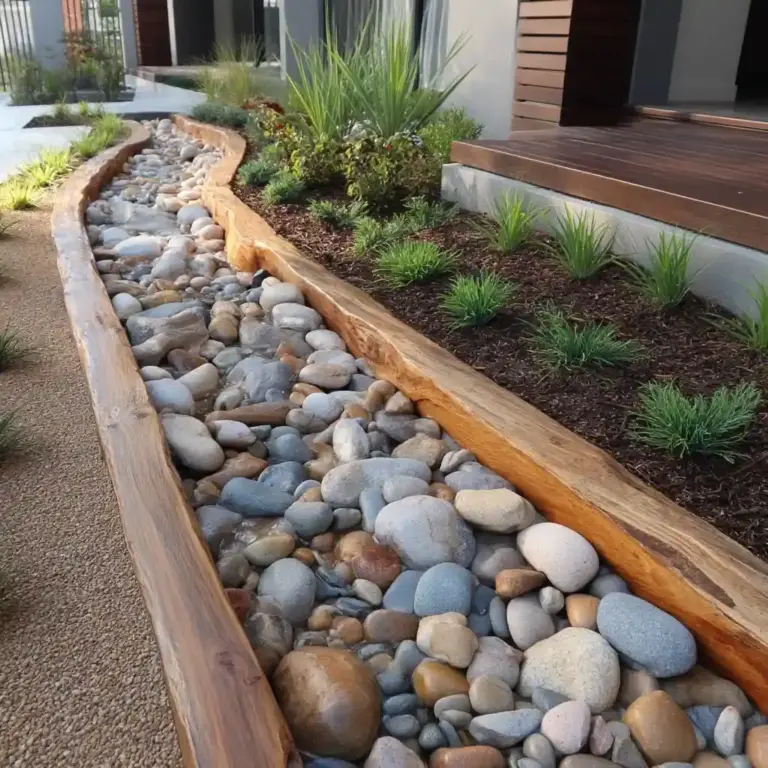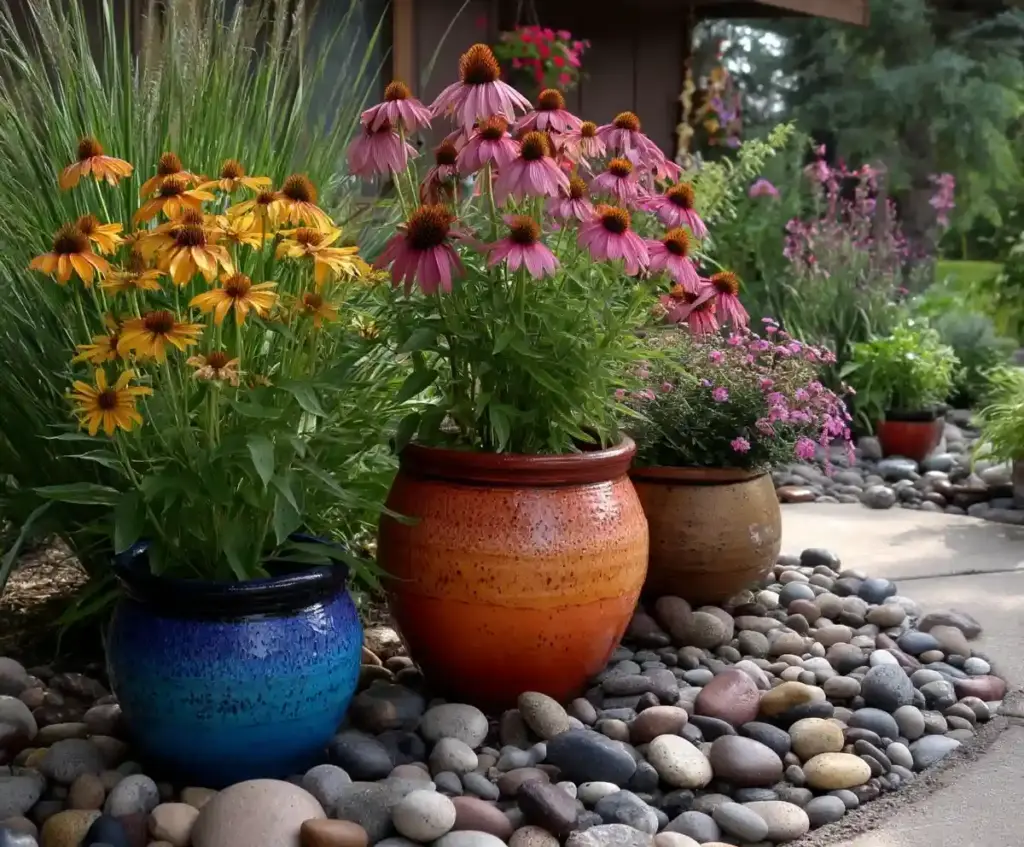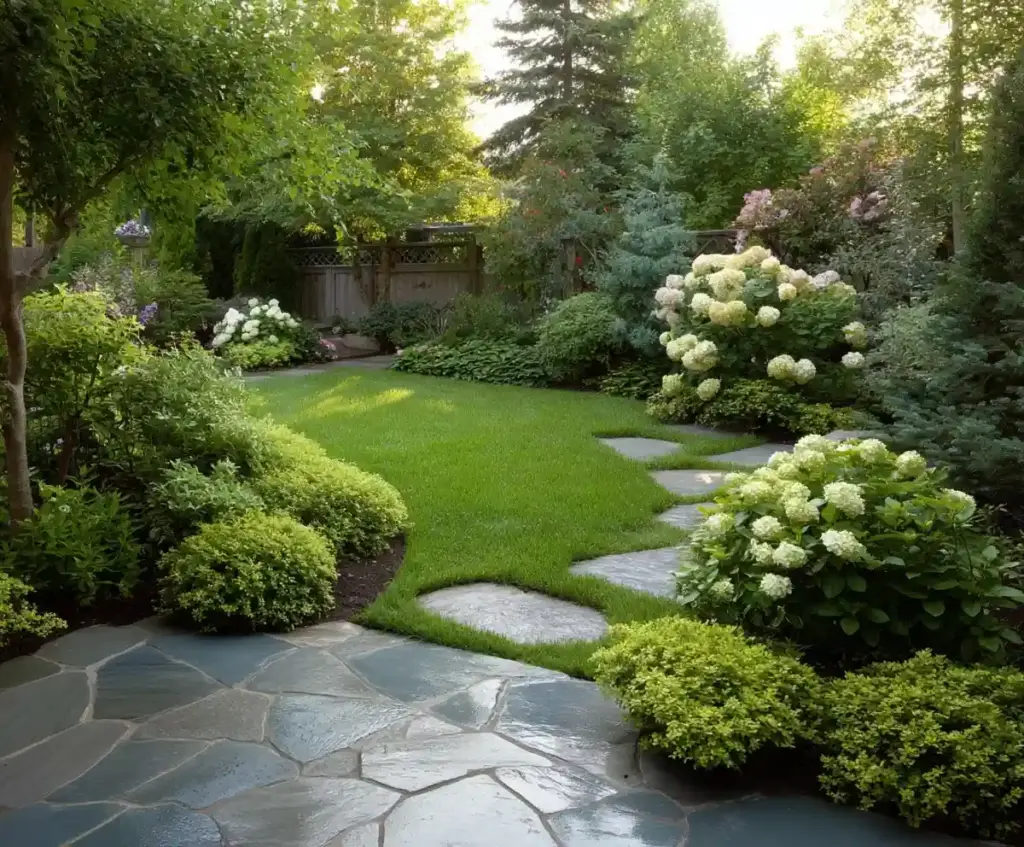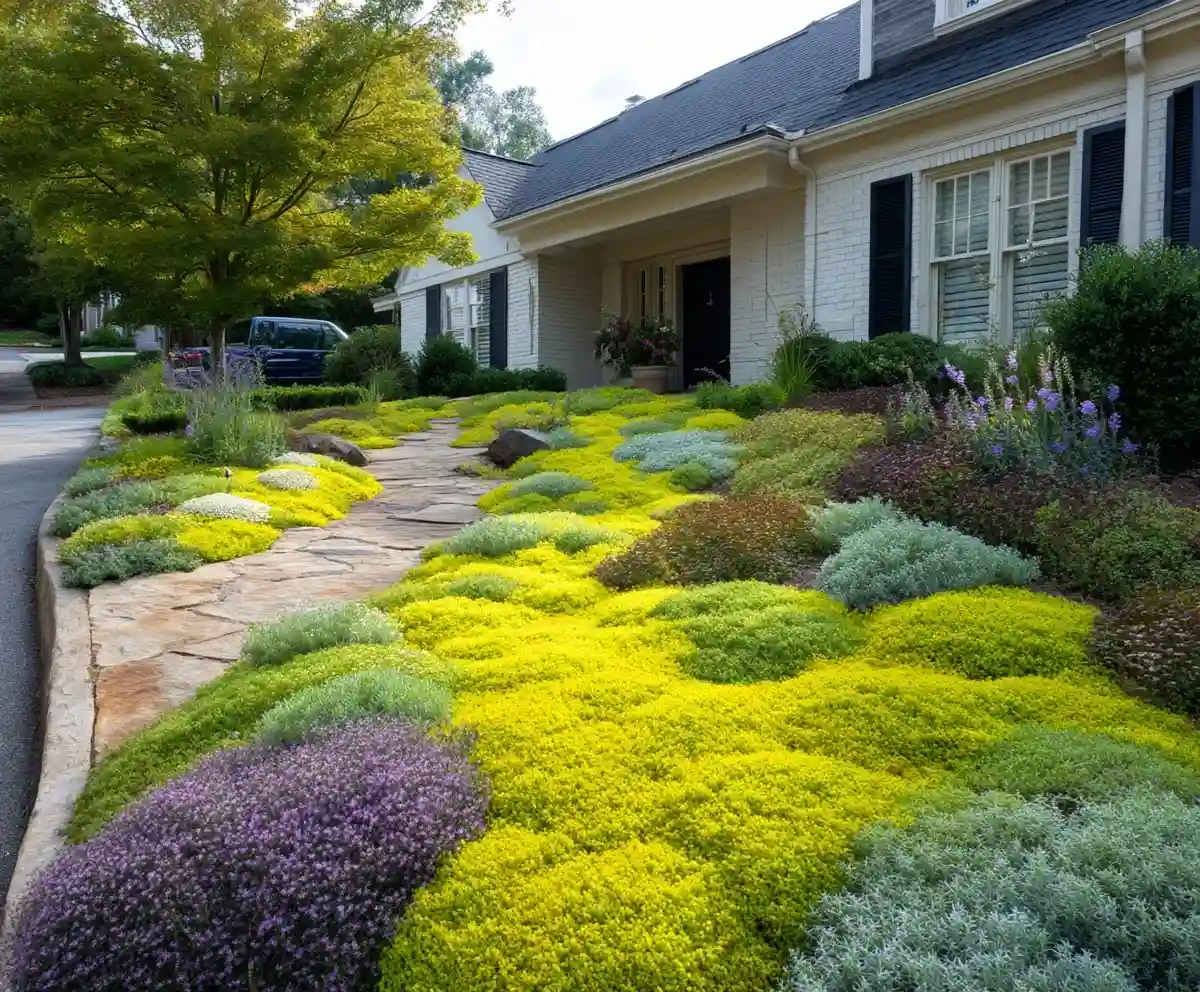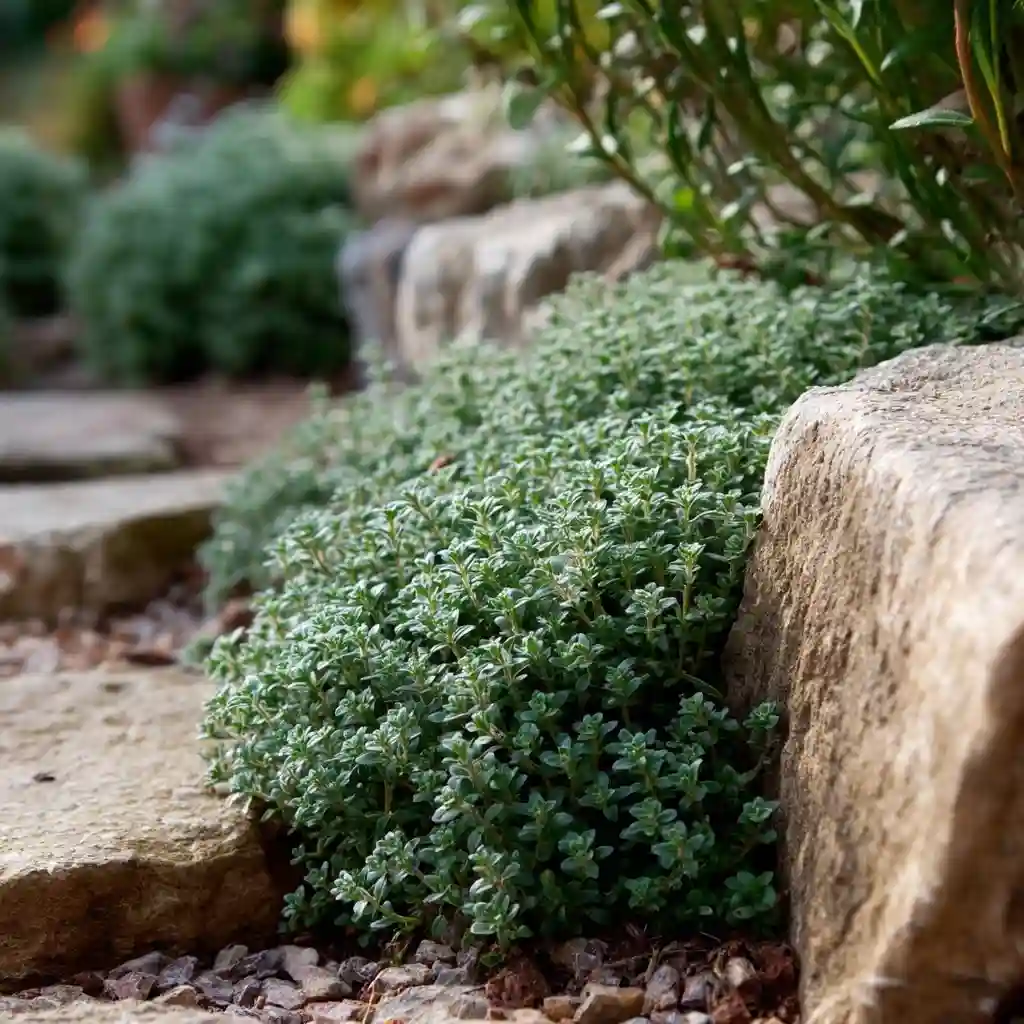Groundcovers for lawn replacement have become a popular choice for gardeners seeking low‑maintenance, eco‑friendly landscapes. Traditional turf grass can be demanding, requiring frequent mowing, watering, and fertilizing, while offering little ecological benefit. Replacing a lawn with resilient groundcovers not only reduces upkeep but also enhances biodiversity, prevents erosion, and keeps your yard visually appealing year‑round.
Whether your garden gets full sun, deep shade, or a mix of conditions, the right groundcovers can transform empty or weedy spaces into thriving, green carpets. In this guide, we’ll highlight high‑performing groundcovers that work for different situations, including sunny slopes, shady pathways, and problem spots where grass simply won’t grow.
Table of Contents
Best‑Performing Groundcovers for Lawn Replacement
When choosing groundcovers for lawn replacement, prioritize plants that stay low, spread steadily, and require minimal upkeep. The best performers typically share three traits: they suppress weeds, remain visually appealing across seasons, and handle the conditions of your site—whether sunny, shady, or a bit of both. Below are some of the most reliable groundcovers to consider for a lush, lawn‑free yard.
Woolly Thyme (Thymus pseudolanuginosus)
Woolly thyme is a low‑growing, aromatic herb that forms dense, fuzzy mats of silvery foliage. Ideal for sunny, well‑drained areas, it tolerates light foot traffic and produces delicate pink blooms in summer that attract pollinators. Once established, it’s remarkably drought‑tolerant and virtually maintenance‑free. Gardeners often use it between stepping stones or to fill small open spaces where grass struggles.
Veronica ‘Whitleyi’ (Speedwell)
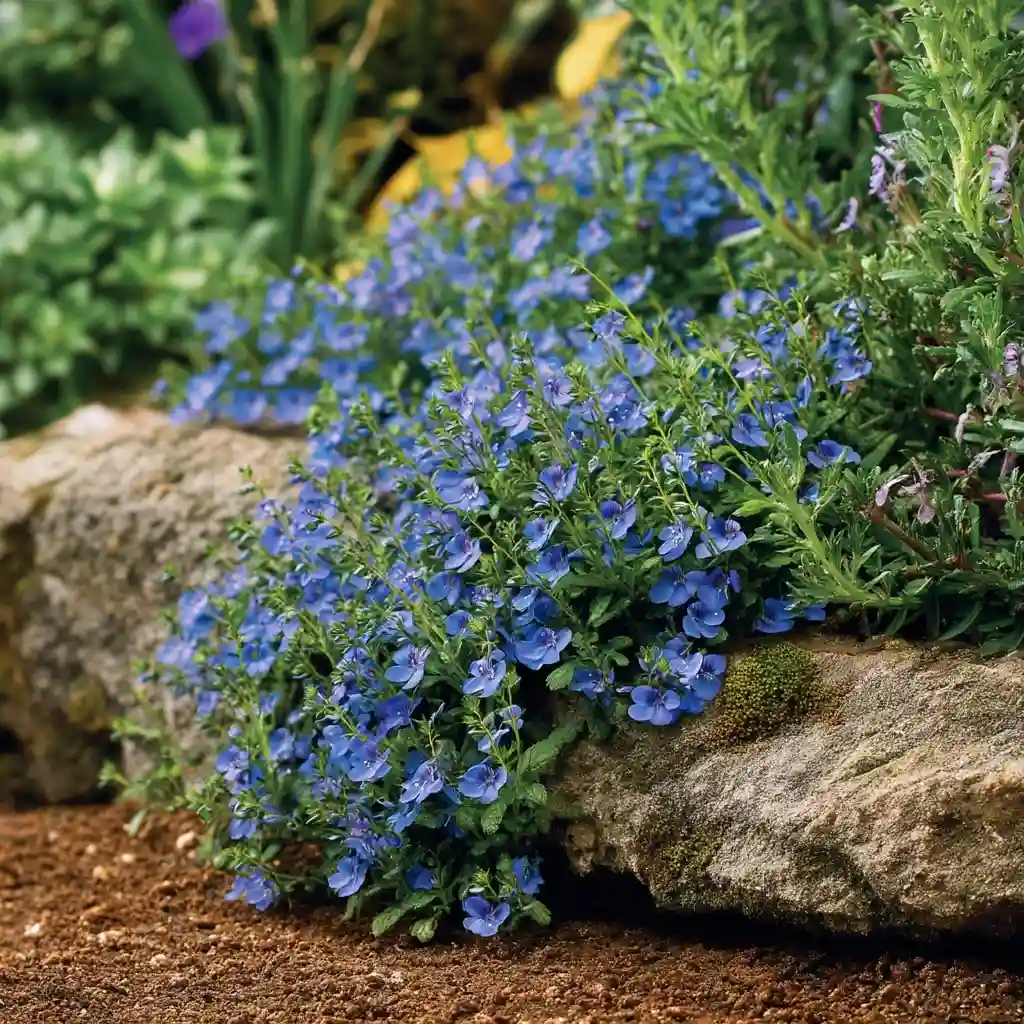
This hardy speedwell variety offers a fast‑spreading carpet of soft green leaves and charming blue‑purple flowers in spring. It thrives in full sun to partial shade and provides excellent erosion control on slopes. Veronica ‘Whitleyi’ works especially well in gardens where quick coverage is needed, and its semi‑evergreen foliage helps suppress weeds through multiple seasons.
Sedum ‘Angelina’
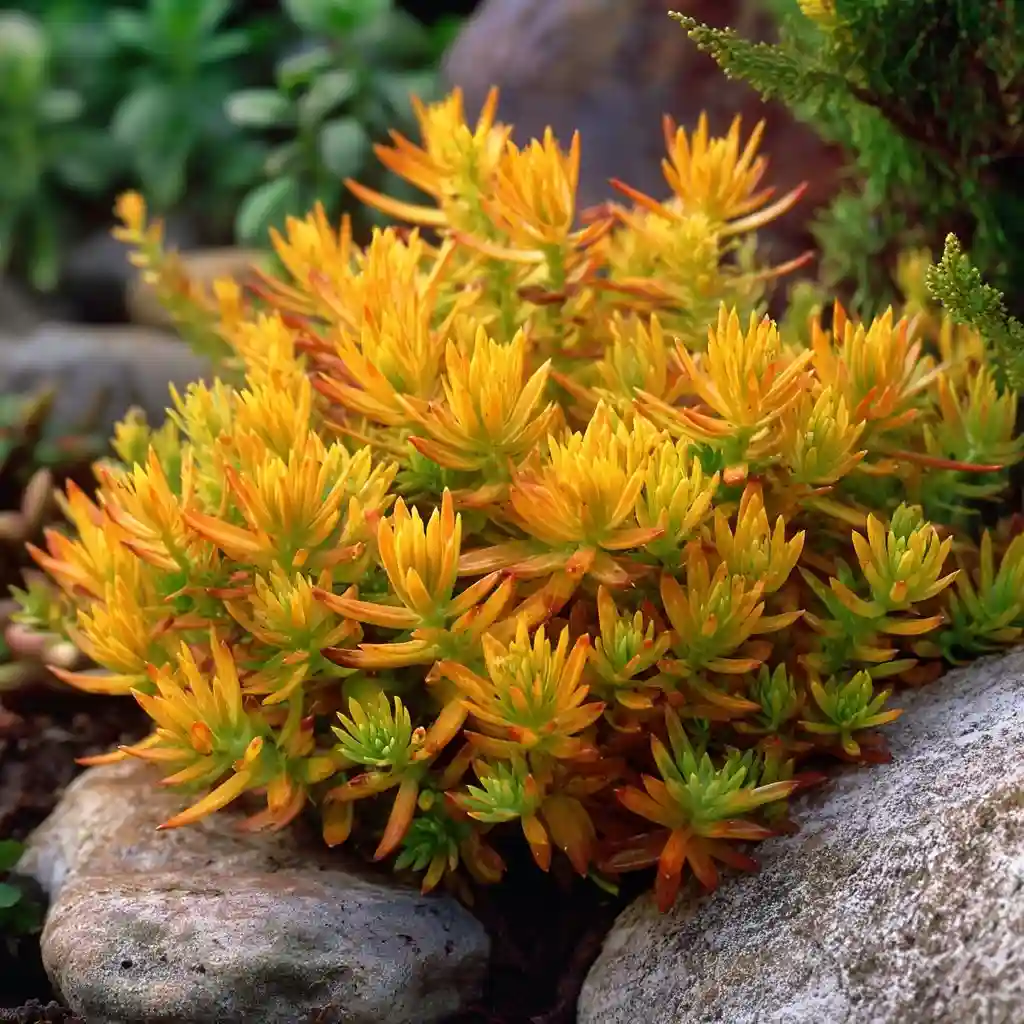
A standout among sunny‑spot groundcovers, Sedum ‘Angelina’ features chartreuse, needle‑like leaves that shift to orange and red tones in cooler weather. Its evergreen nature ensures year‑round coverage, while its succulent leaves store water, making it highly drought‑resistant. This plant is perfect for rock gardens, slopes, and dry borders, where other groundcovers might fail.
Why Evergreen Performance Matters in Zone 3/4
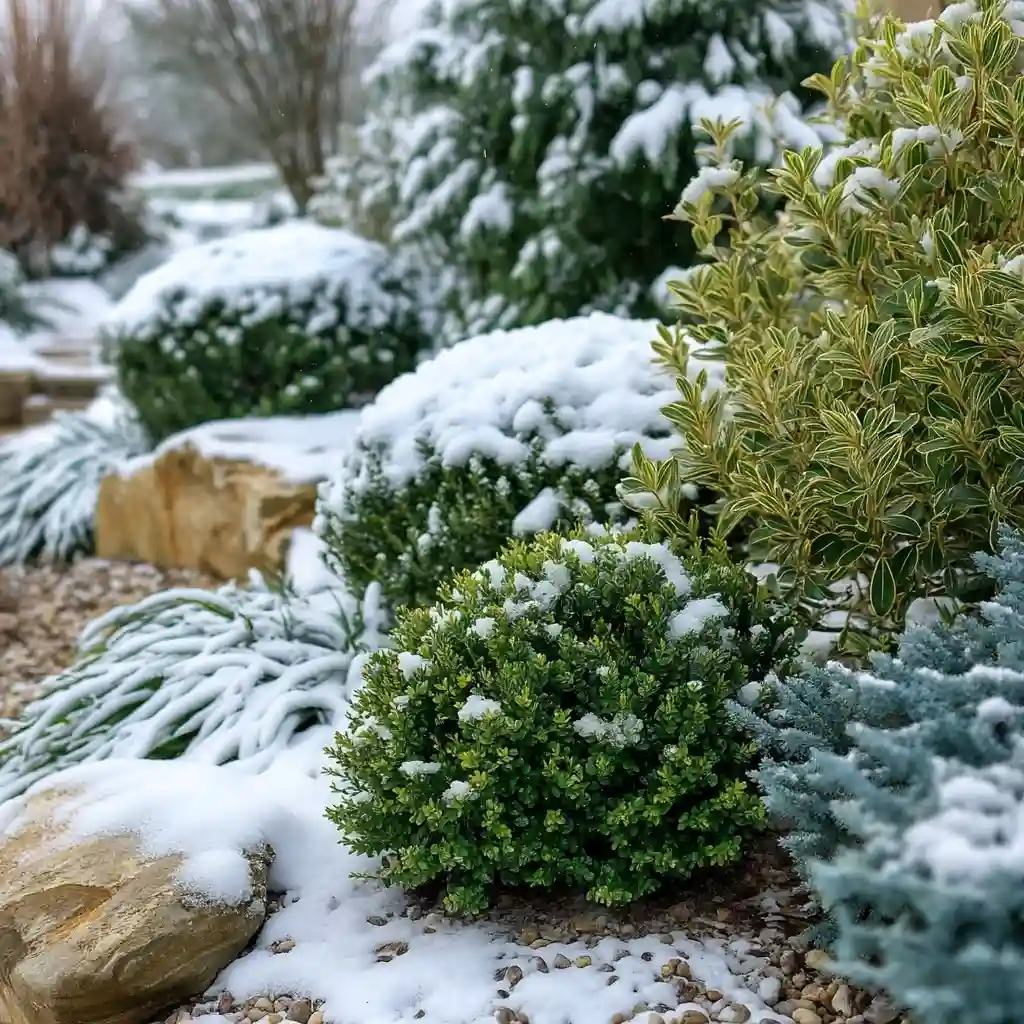
When selecting groundcovers for lawn replacement in colder climates like Zone 3 or 4, evergreen performance becomes a key factor. Winters in these regions are long, and many traditional lawn substitutes turn brown or die back, leaving bare patches vulnerable to erosion and early spring weeds. Evergreen groundcovers, by contrast, maintain a living carpet through snow, frost, and freeze‑thaw cycles, giving your landscape structure and color even in the off‑season.
Plants such as Sedum ‘Angelina’, Woolly Thyme, and certain Carex varieties continue to protect the soil year‑round. Their root systems stabilize slopes and absorb excess moisture during snowmelt, while their foliage suppresses weeds before spring growth begins. Choosing evergreen or semi‑evergreen groundcovers ensures that your lawn replacement not only looks attractive but also functions as a resilient, low‑maintenance ecosystem through all four seasons.
Groundcovers That Prevent Weeding and Mulching Eventually
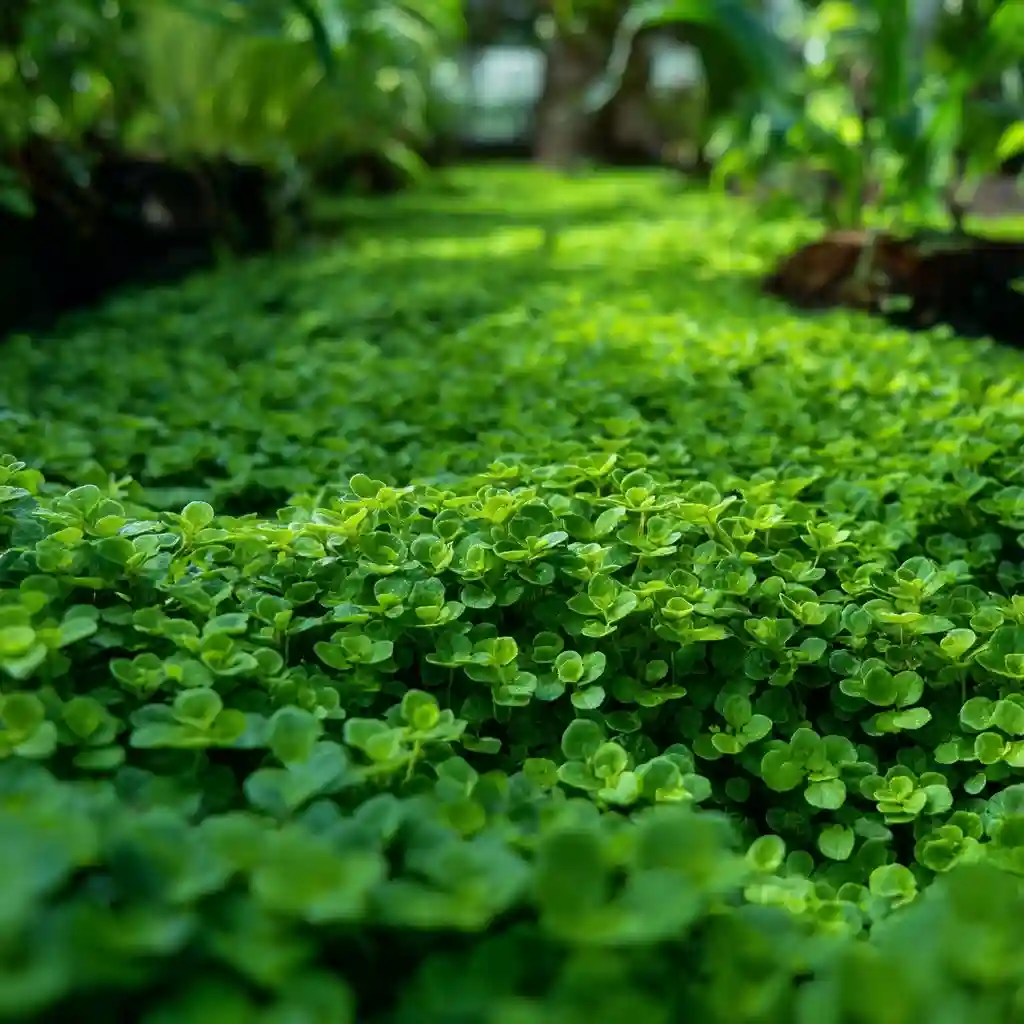
One of the biggest benefits of switching to groundcovers for lawn replacement is the long‑term reduction in weeding and mulching. Dense, spreading plants naturally form a living mulch that shades the soil, making it difficult for weed seeds to germinate. Over time, this can virtually eliminate the need for manual weeding or seasonal mulch applications.
Groundcovers like Veronica ‘Whitleyi’, Creeping Jenny, and Dwarf Comfrey are particularly effective because they quickly knit together into a solid mat. Once established, they outcompete weeds for light and resources, while their thick foliage also helps retain soil moisture during hot summer months.
In addition to saving labor, this living mulch improves soil health. As leaves die back and decompose, they feed the soil naturally, creating a self‑sustaining garden system. For gardeners seeking a low‑maintenance landscape, these groundcovers eventually turn time‑consuming chores into a once‑or‑twice‑a‑season checkup.
Conclusion & Additional Recommendations
Replacing a traditional lawn with groundcovers for lawn replacement offers beauty, resilience, and low maintenance all year long. By combining evergreen and fast‑spreading varieties, you can create a living carpet that suppresses weeds, holds moisture, and enhances biodiversity. The best approach is often mixing species—such as pairing Sedum ‘Angelina’ for sunny slopes with Veronica ‘Whitleyi’ for partial shade—to ensure coverage across diverse garden conditions.
For an even more dynamic lawn alternative, integrate your groundcovers with small shrubs, ornamental grasses, or seasonal perennials. Over time, this layered approach builds a vibrant, sustainable landscape that saves water and labor while supporting pollinators and soil health.
FAQs
1. How long does it take for groundcovers to replace a lawn completely?
Most groundcovers for lawn replacement take one to three growing seasons to fill in, depending on the species, spacing, and local conditions. Fast spreaders like Creeping Jenny or Veronica ‘Whitleyi’ establish quickly, while slower growers like Woolly Thyme may take a bit longer.
2. Can groundcovers handle foot traffic?
Some groundcovers tolerate light foot traffic, but most are better suited for ornamental or low‑traffic areas. Woolly Thyme and Creeping Jenny work well between stepping stones, while high‑traffic areas may require pathways or stepping pavers.
3. Do groundcovers need fertilizer?
Once established, most groundcovers thrive with little to no supplemental fertilizer. Adding compost or organic matter during planting boosts soil health and supports long‑term growth.
4. Are groundcovers good for controlling erosion?
Yes. Spreading varieties like Sedum ‘Angelina’ and Liriope spicata are excellent for stabilizing slopes and reducing soil runoff.
5. Will I ever need to weed my groundcover garden?
Weeding is still necessary during the first year or two. As plants mature and form a dense mat, weeds become rare and mulch becomes unnecessary.
🌿 Love gardening inspiration? Follow me on Pinterest for bold plant ideas, tips, and seasonal color!
More Posts

